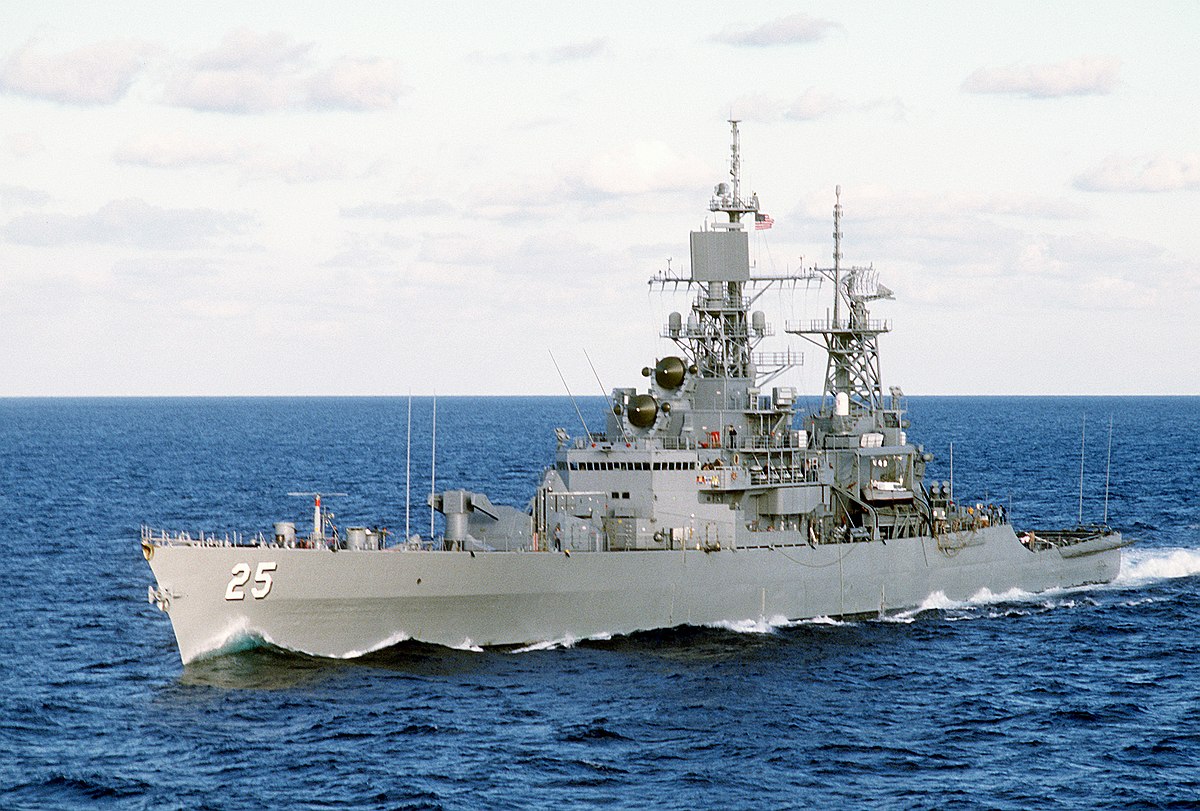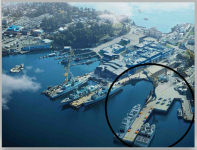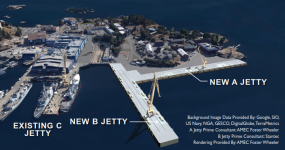The Royal Canadian Navy’s (RCN’s) 12 Kingston-class Offshore Patrol Vessels (OPVs), ships which are already being improved, could receive an additional life extension upgrade package.
The vessels, officially named ‘Maritime Coastal Defence Vessels’ (MCDVs), are already in the process of going through a life-extension programme to give the ships an additional five years of service life. This work started in 2021 but five years might not be sufficient time to allow the introduction of a
replacement class of OPVs to succeed them.
A spokesperson for the Canadian Department of National Defence (DND) told
Shephard: “To support current and future operational needs, the estimated end of design life of the 12
Kingston-class ships has been extended




